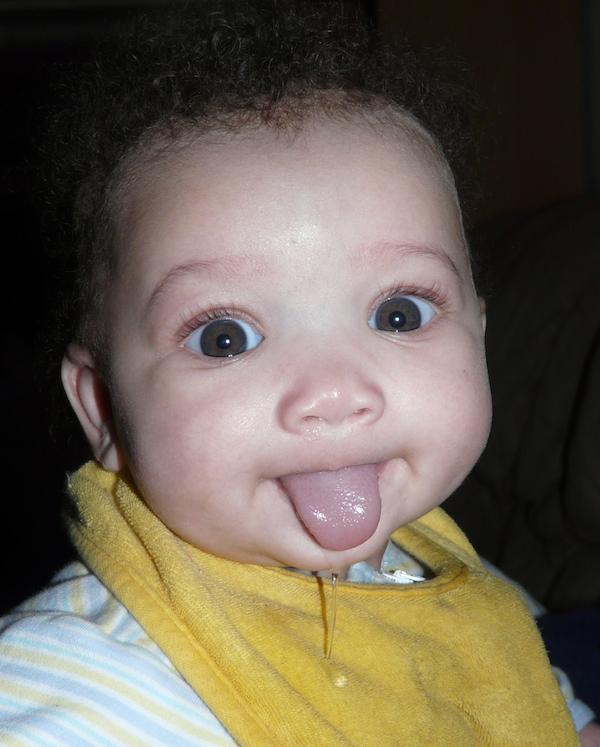-
Recent Posts
Archives
Categories
Meta
Math Worth Reading
I Was There
Yesterday, Venus passed between the Earth and sun. Over the course of several hours, a tiny black dot rode across the face of the sun. This is a very rare event—it has only been observed a handful of times in human history, and it will not occur again for another 105 years. The goal of one of the first major international scientific collaborations was to observe the transit of 1769. James Cook was sent to the South Pacific, a realm almost entirely unexplored by Europeans at the time, in order to make crucial observations. The result of this collaboration was one of the first solid estimates of the size of the solar system.
A quick run to Google will almost certainly find many profound words and stunning photographs of yesterday’s transit. There is almost nothing that I can add to what has already been said. Still, I went out yesterday and turned my well-protected eyes to the sun. I watched as Venus slowly passed in front of the sun, blotting out a tiny fraction of the sun’s power. Lacking a high quality camera with fancy lenses and filters, I held a pair of eclipse glasses over the lens, and managed to capture the following:
In the same way that a tourist might photograph himself in front of a famous monument, here is my picture of Venus and the sun. I went to a place that was once visited by people like Kepler and Cook. I saw the sights, and rode the rides. The solar system was wheeling and dancing through space, and I was there.
Posted in Science
Comments Off on I Was There
The Mandelbrot Set—Part VIII: Buddhabrots
The Mandelbrot Set Series:
In previous discussions of the Mandelbrot set and its cousins, we have focused on how it is defined. Specifically, each member of the family of Mandelbrot sets is a collection of points that behave nicely when repeatedly hit with a particular function. We have seen how points not in a particular set of interest can be colored to produce some astounding images, and we have played around with some of the constants a bit to produce different sets in the family, but in each of the previous posts, the emphasis has been on creating portraits of the sets themselves. In this post, we turn to another rendering technique which aims to provide a somewhat more dynamic picture of how the Mandelbrot set behaves.
Don’t Get Caught
Sometimes, teaching can be very frustrating. Earlier this semester, I gave an exam. Of the forty or so students who are currently enrolled in the class, barely half managed a passing score (a middling C for those that are interested). I decided to take pity on my students, and gave them the opportunity to turn in corrections for some partial credit. My hope was that my students would be motivated to go over their mistakes and learn how to solve the problems that gave them trouble so that they might do better on the final.
Of the twentyish students eligible to turn in corrections, only four bothered to make the effort. This was a bit disappointing, though I suppose that I should not be surprised. I am currently teaching a remedial course, and many of my students are hard to motivate. Still, it was disappointing.
Being the terrible human being that I am, I put off grading these four sets of corrections until today. What can I say—between my own classes, my thesis, and my daughter, I’ve been a little busy. At any rate, I am giving another exam today, so I thought it best to get those papers back to the students so that they can start studying for the final (please?).
After the first two exams, I was feeling encouraged. While neither student managed to perfect their answers, they showed remarkable improvement, and I was able to add a few points to their exam scores. Then I got to the third exam. The corrections matched my key for version A of the exam perfectly. Unfortunately, this poor student had been given version B of the exam. Oops.
The moral of the story is this: if you are going to cheat, make sure that you copy your answers from the right test.
Keep It Simple, Stupid
I have a much younger sister who is currently taking calculus as a high school junior. Given that I have a little more mathematical training than anyone else in my family, she sometimes asks me for help with her homework. This is almost invariably a humbling experience.






